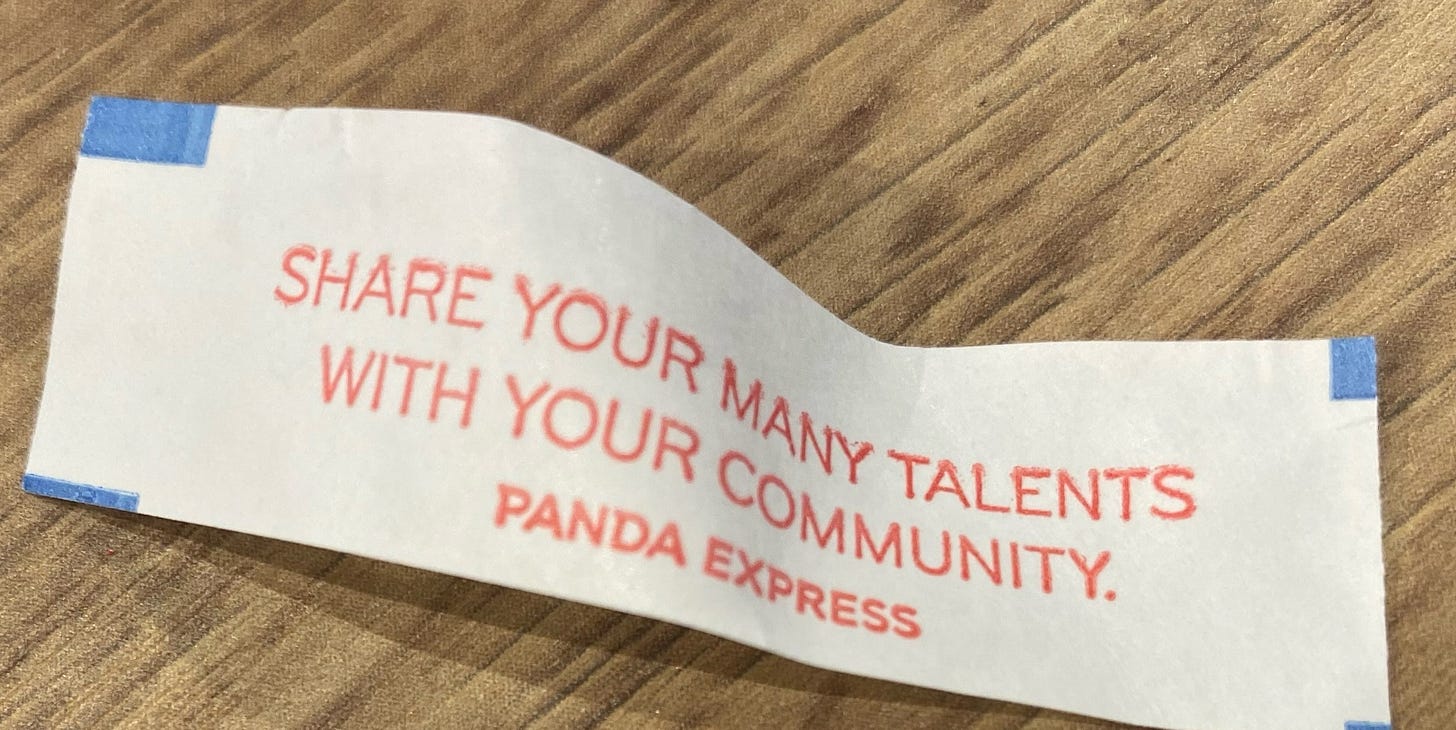Emotionally, September 1st marks the end of summer. Although fall doesn’t officially begin until the 21st or 22nd, once the calendar flips to September, it always feels as though we have left summer far, far behind.
Maybe this feeling is nostalgia for these first two weeks of September being the “back-to-school” season. The hard switch from summer one day into school, classes, and homework the next made the transition of vibrant, hot days to colder, cozier days more manageable. The switch gave the seasons a bold, clear demarcation: Summer is gone, fall is here.
It feels fortunate that a strange transitional period has arrived to accommodate these feelings. The first week of September marks the conclusion of two major film projects. Their endings this week feel appropriate for the desire for a clear distinction between the season we are leaving and the one we are about to enter.
I’ll only touch upon the first project today, The Power of Positive Murder! This film marks my debut as a screenwriter. It has been filming in Port Jervis, New York, for the past six weeks and ended principal photography on September 5th.
The film, nicknamed POPM in emails and text threads, is a comedy in a film noir style directed and championed by filmmaker Lloyd Kaufman for Troma Entertainment. The project has been in development since early 2022 and has been an ever-present source of excitement for two and a half years. The script was commissioned by Lloyd and is loosely adapted from Fyodor Dostoyevsky’s novel Crime & Punishment.
[**How I came to write this project will appear as a longer piece on this Substack in the next few months**].
Sure, there will be months of post-production on the film with editing, color-correcting (it was filmed in black & white), and ADR. But it’s over; it’s wrapped- a group of talented folks came together, worked hard, made something, and now will split apart. It’s beautiful and strange. This project has been on the horizon for two and a half years, and now the sun has set on it. The fact that a movie will exist to mark this time is such a gift. This film will act as a diary entry: this is what we did then, who we were, what excited us, and this is what we cared about.
WHAT ELSE HAS BEEN ON MY MIND?
I decided to kick off this SubStack in earnest because of the great episode from last week's SCRIPTNOTES podcast. The episode featured guest Max Read, who discussed his love of writing on SubStack and a deep discussion of the film microgenre Max coined called "Halogencore."
This past summer—which I have seen people refer to as "Substack Summer"—has resulted in me seeing many talented writers begin to publish their work here. In early July, I loosely started writing notes about what my Substack could look like. Still, it wasn't until this ScriptNotes podcast that I decided to bite the bullet and start writing.
But what is Halogencore?
Halogen-Core films, named after fluorescent Halogen lightbulbs, are mostly thrillers. They are often dialogue-heavy, with the action frequently isolated inside offices or cubicles. The films feature characters who fight against an overbearing power structure or uncover a corporate secret or conspiracy.
Above is the list of the 13 official 'Halogencore' movies as determined on Max Read's Letterboxd.
A Halogencore movie features lead characters who are ‘outside on the inside’. The characters are within the structure but kept outside of the darker goings-on. The characters are either direct employees or within the power structure from the beginning. So a film like SPOTLIGHT (2015), which seems to be a perfect candidate for inclusion in the Halogencore list, wouldn't count because the lead characters are all journalists—so they are 'outsiders on the outside'.
Another hallmark is the unity of time in a Halogencore movie, with most of the plots occurring within a single day, one night, or over a weekend. This element seems to be inspired by GLENGARRY GLEN ROSS (the oldest film on this list).
A Halogencore movie doesn't feature "change." The protagonists must make a ‘deal with the devil’ in order to survive, they are often forced to compromise with power to avoid 'being crushed by the machine', and the endings are often hopeless.
The grandfather of Halogencore seems to be something like THREE DAYS OF THE CONDOR (1975)- which has the unity of time (the original novel was "Six Days in the Condor" ), it features a lead character in Robert Redford who learns dark secrets about his work (the research office of the CIA), and features one of the bleakest endings ever presented in a mainstream Hollywood film; featuring Cliff Robertson's bone-chilling final line: "How do you know?"
FINAL THOUGHTS:
The connection between Substack & Halogencore isn't random. In fact, they might be viewed as opposites. One is liberation in work, and the other is oppression. In a year after a massive writers' & actors’ strike in the United States (there is one currently happening in Canada), with the looming fears of AI killing creativity, and with the refrain of creatives being "survive 'til 25".
Maybe Substack offers a little hope. Perhaps one can fit inside a structure like this- where you can tend your garden, build your audience, and avoid being crushed by the machine, for now.
September 2024.







